At CAR Gallery in Bologna, Heretical Exercises marks Alessandro Scarabello’s debut with the gallery and presents a focused insight into the evolution of his pictorial language. Featuring three large-scale new works alongside a previously unseen painting from 2022, the exhibition captures a transitional moment in the artist’s practice—one marked by restlessness, rawness, and resistance to stylistic conformity. The exhibition runs until November 15, 2025.
Scarabello, who lives and works between Rome, Florence, and Brussels, is known for his exploration of the threshold between figuration and abstraction. In Heretical Exercises, this investigation intensifies. The artist forgoes visual stability in favor of open, unstable compositions: surfaces marked by acid tones, erratic transparencies, and deliberate drips. These are not polished images, but volatile zones—spaces that carry the weight of gesture and failure alike. His brushwork, rapid and unguarded yet precise, captures color at its moment of greatest instability. The resulting canvases are not constructed to soothe but to dislocate. His figures—when they appear—do not assert themselves as protagonists. They hover between dissolution and emergence, exposed in their vulnerability, often stripped of anatomical coherence. Across works like Resting Faun and Prometheus Escapade (2025), Scarabello manipulates spatial logic and visual density, pushing painting to its limits. These pieces resist closure. Forms are framed and then undermined, moments of clarity are pulled back into chaos. There is a caustic, psychological dimension at play, one that evokes a refusal to idealize. The heretical act, in this context, is to insist on painting not as image but as confrontation—an unstable surface for unstable times.
The title of the exhibition reflects Scarabello’s underlying conceptual drive. The word heretical traditionally evokes dissent: the act of challenging orthodoxy or rejecting established doctrines, especially within religious contexts. In Scarabello’s case, this notion of heresy is repurposed to describe a form of artistic resistance—an unwillingness to conform to the aesthetic expectations that dominate contemporary painting. His works do not strive for clarity, harmony, or visual comfort; instead, they embrace dissonance, collapse, and contradiction. The ‘heresy’ lies in the rejection of polish and coherence in favor of chaos, gesture, and fragmentation. The “exercises” signal something ongoing and rigorous: a disciplined yet open-ended engagement with the act of painting as a mode of inquiry. Scarabello positions the painter’s role not as someone who resolves or explains, but as one who continually repositions—ethically, physically, and conceptually—within a world defined by volatility and ambiguity. Heretical Exercises, therefore, suggests a double movement: an internal discipline and an external defiance. Scarabello treats the canvas as a site where painterly language is constantly interrogated, disassembled, and rebuilt. The heretic, in this sense, is not an antagonist of truth, but its restless seeker—one who questions inherited structures, whether aesthetic, social, or ideological, and insists on a different kind of engagement with reality: unstable, unresolved, but deeply attuned.
For more information, please consult CAR Gallery’s website here.
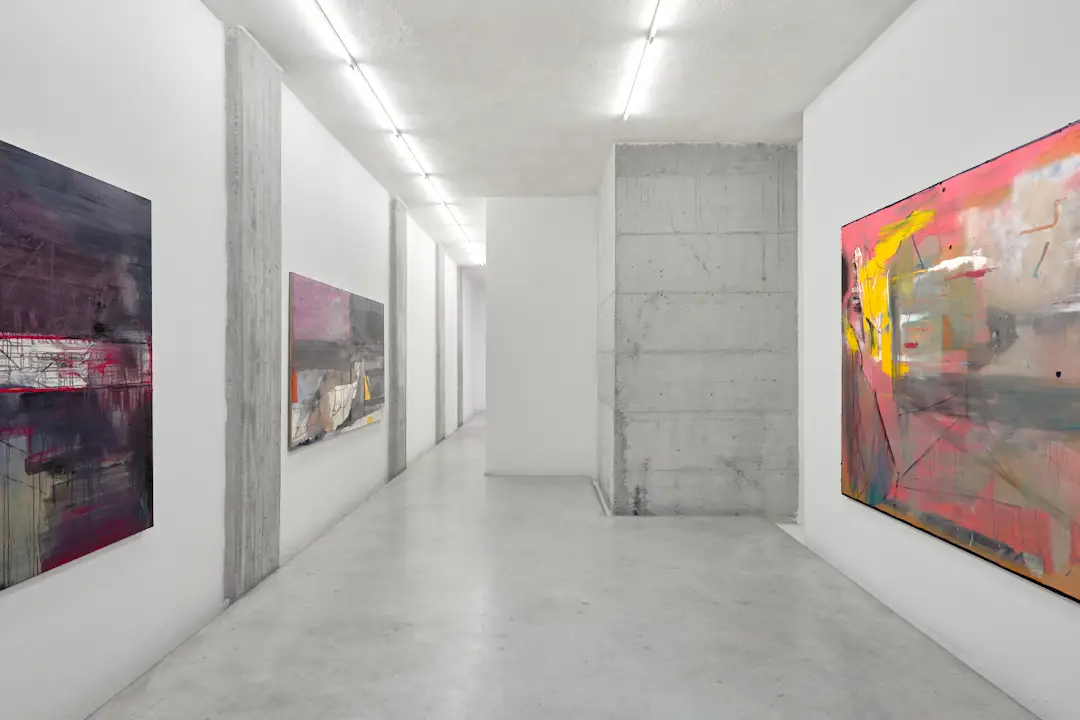
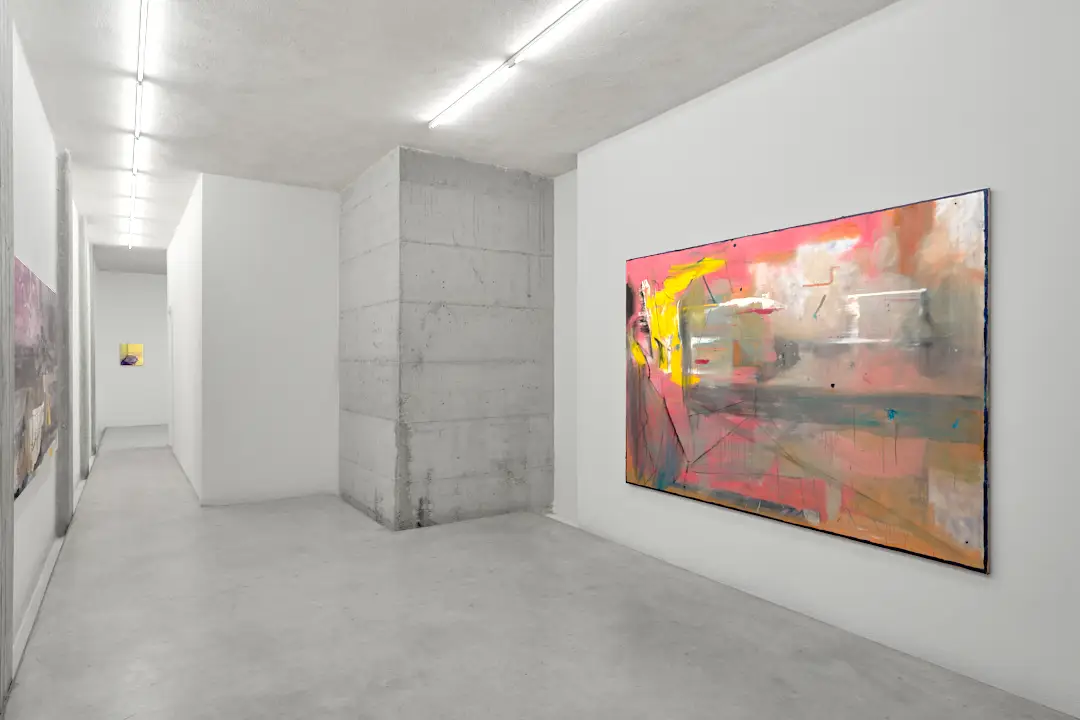
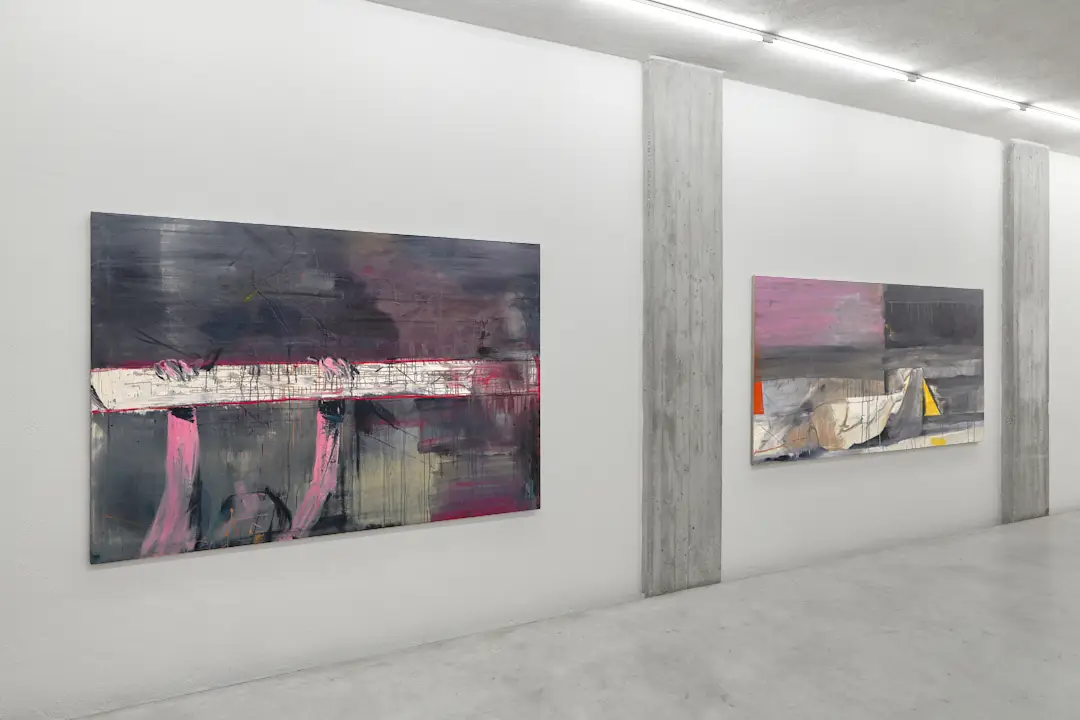
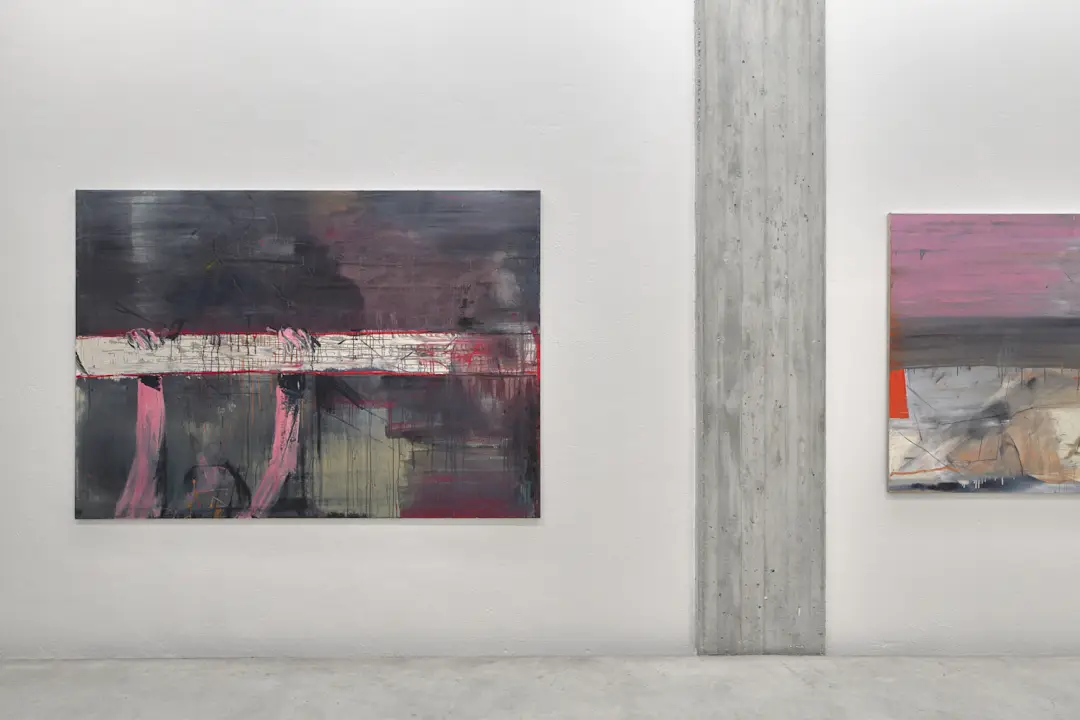
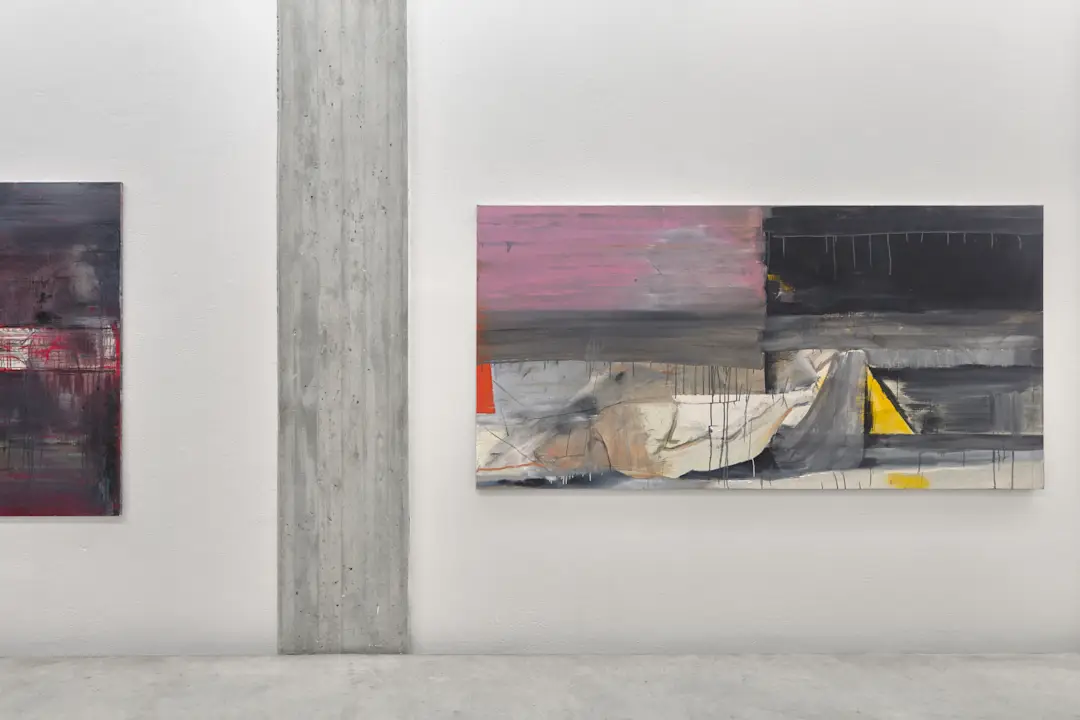
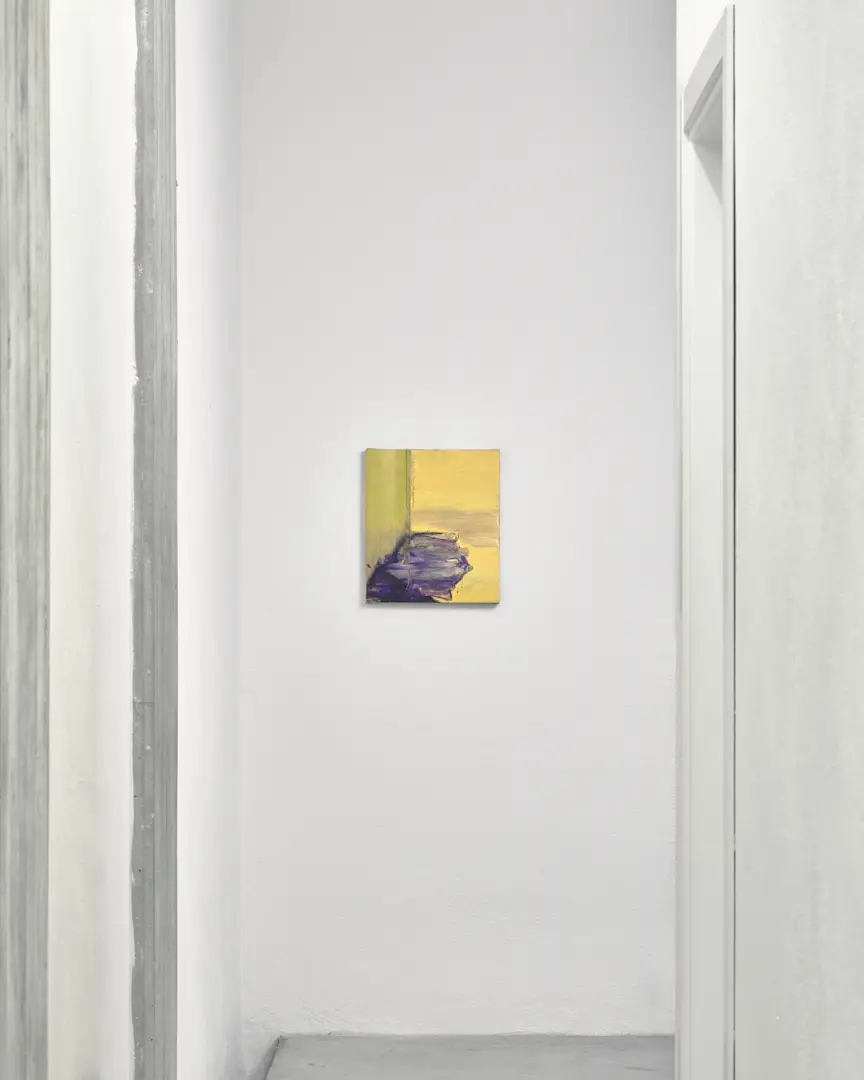
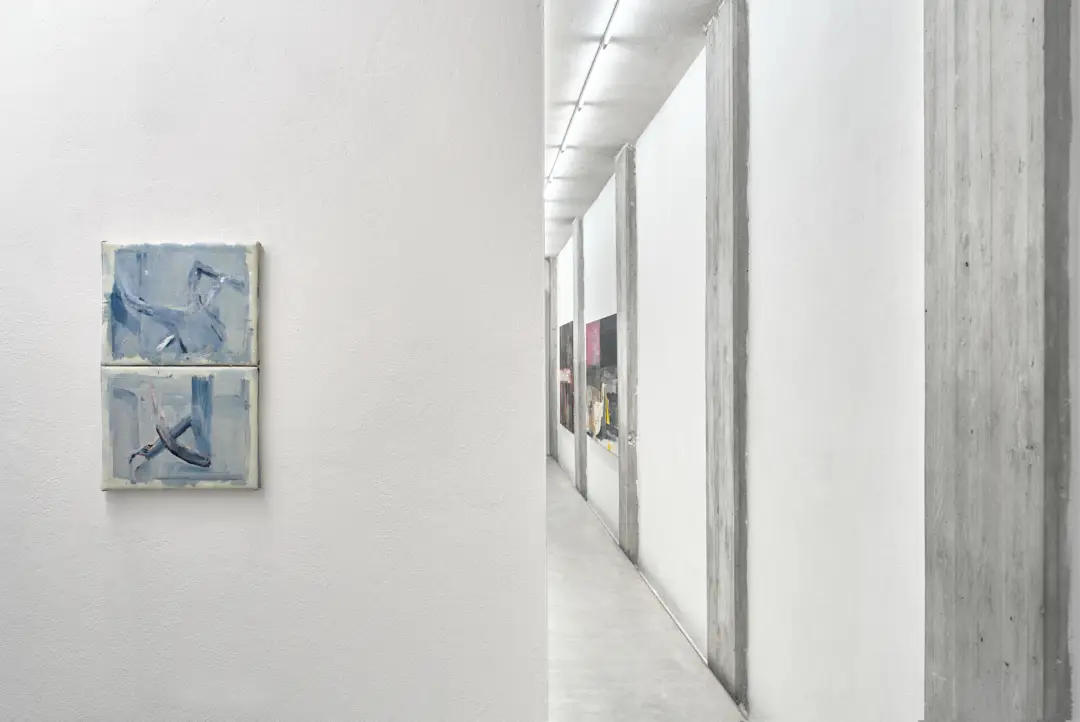
Last Updated on October 8, 2025
- Published on


